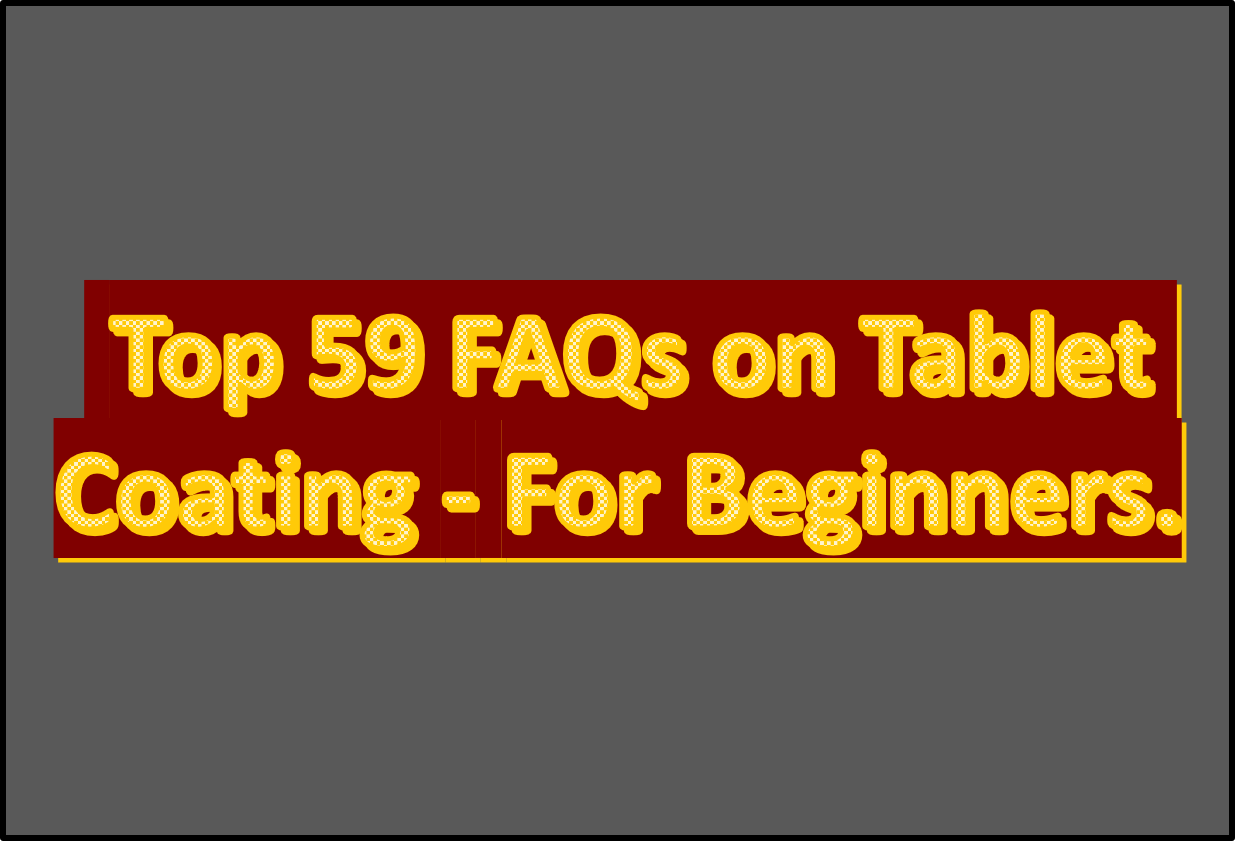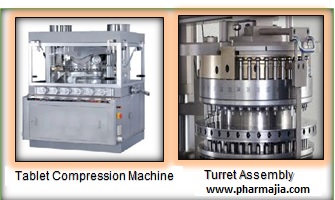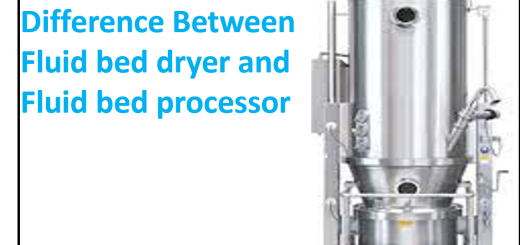Top 59 FAQs on Tablet Coating – For Beginners.

FAQs on tablet coating
It includes Top 59 Frequently asked Questions with answers FAQs on Tablet Coating for Pharmaceutical Products – For Beginners :
(Frequently asked Questions) FAQs on Tablet Coating for Pharmaceutical Products – It’s for Beginners :
- What is Tablet coating?
Tablet coating is the process of applying a thin layer of a coating material onto a tablet. - Why are Tablets coated?
Tablets may be coated for various reasons, such as to improve their appearance, taste, and odor, to protect them from moisture, light, and air, and to control their release rate. - What are the different types of tablet coating?
The different types of tablet coating include sugar coating, film coating, enteric coating and functional coating. - What is sugar coating?
Sugar coating is a traditional tablet coating technique that involves applying multiple layers of sugar and other ingredients onto a tablet to achieve a smooth and shiny finish. - What is film coating?
Film coating is a modern tablet coating technique that involves applying a thin layer of a polymer or a mixture of polymers onto a tablet using a spray gun. - What is enteric coating?
Enteric coating is a special type of tablet coating that is designed to protect a tablet from stomach acid and to deliver it to the small intestine. - What is functional coating?
Functional coating is a type of tablet coating that is designed to enhance the functionality of the drug, such as by controlling its release rate or improving its solubility. - What are the different types of polymers used in tablet coating?
The different types of polymers used in tablet coating include cellulose derivatives, acrylic polymers, and polyvinyl alcohol. - What are the advantages of tablet coating?
The advantages of tablet coating include improved appearance, taste, and odor. Increased stability and shelf life; and controlled release. - What are the disadvantages of tablet coating?
The disadvantages of tablet coating include increased manufacturing time, cost, and complexity; and potential drug interactions and allergic reactions. - What are the steps involved in tablet coating?
The steps involved in tablet coating include tablet preparation, coating material preparation, coating application, drying, and polishing. - What are the requirements for coating material preparation?
The requirements for coating material preparation include proper viscosity, pH, and concentration; uniformity in particle size and distribution; and absence of impurities and contaminants. - What are the different components used in coating materials?
The different types of coating materials include Film former , Filler, Opaquent, Plasticizer, Colour, Preservative, Vehicle. - What is the function of plasticizers in tablet coating?
The function of plasticizers in tablet coating is to improve the flexibility and durability of the coating by reducing its brittleness and increasing its elasticity. - What is the function of colorants in tablet coating?
The function of colorants in tablet coating is to improve the appearance of the tablet and make it easier to identify and differentiate from other tablets. - What is the function of Film Former in tablet coating?
A film former is a substance that is added to a coating formulation and has the ability to form a continuous film on the surface of a substrate when the coating is applied. This film provides a protective layer over the substrate and can improve the appearance, durability, and performance of the coating. - What is the function of Filler in tablet coating?
Filler is a substance that is added to a coating formulation to improve its properties. Fillers are usually solid particles that are mixed with a liquid binder, such as a resin or a solvent, to form a coating material. The main function of fillers is to provide a smooth and uniform surface, improve the mechanical properties of the coating, and increase its volume. They can also improve the chemical resistance and durability of the coating, reduce shrinkage during curing, and act as an extender for expensive resins. - What is the function of preservatives in tablet coating?
Preservatives are substances that are added to a tablet coating formulation to prevent the growth of microorganisms such as bacteria, fungi, and yeast. Preservatives work by inhibiting the growth and reproduction of microorganisms or by disrupting their cellular processes. They are important in tablet coating to ensure the safety and efficacy of the product, as microbial contamination can lead to spoilage, degradation of the active ingredient. - What is the function of colors in tablet coating?
Colors used in tablet coating can be either pigments or dyes. Colors are substances that are added to a tablet coating formulation to provide a specific color or shade to the tablet. The color of a tablet can be important for patient identification, branding, and marketing purposes. The choice of colorant depends on the desired color, opacity, and stability of the coating. - What is the function of Opaquent in tablet coating?
Opacifiers are substances that are added to a tablet coating formulation to make the tablet opaque or less transparent. Pacifiers work by scattering and reflecting light, which reduces the amount of light that can pass through the tablet. This creates an opaque or less transparent appearance. Opacifiers can be used in combination with colors to achieve specific shades. - What is the function of vehicle in tablet coating?
In tablet coating, a vehicle refers to the liquid component of a coating formulation that is used to dissolve or disperse other components such as colors, opacifiers, and polymers. The vehicle is also responsible for delivering these components to the surface of the tablet, where they form a uniform and continuous coating. The choice of vehicle depends on the solubility and compatibility of the other components in the coating formulation. - What are the factors that affect coating quality?
The factors that affect coating quality include coating material properties, tablet properties, coating process parameters, and environmental conditions. - What are the process parameters for coating application?
The process parameters for coating application include spray rate, atomization air pressure, coating solution temperature and tablet bed temperature etc. - What are the requirements for drying?
The requirements for drying include proper air flow, temperature, and humidity adequate time for drying and absence of moisture. - What is polishing?
Polishing is the final step in tablet coating that involves applying a thin layer of wax or similar material onto a coated tablet to improve its appearance and to reduce friction, it is special requirement for some of the special formulations. - What are the challenges in tablet coating?
The challenges in tablet coating include achieving uniformity and consistency in coating thickness, avoiding coating defects and surface irregularities, and minimizing the risk of tablet damage and degradation. - What are the common coating defects?
The common coating defects include peeling, cracking, chipping, sticking, bridging, and color variation. - What are the causes of peeling?
The causes of peeling include insufficient adhesion, excessive moisture, and improper drying. - What are the causes of cracking?
The causes of cracking include excessive coating thickness, rapid temperature changes, and insufficient plasticity. - What are the causes of chipping?
The causes of chipping include tablet abrasion, Low hardness, and coating defects. - What are the causes of sticking?
The causes of sticking include insufficient lubrication, improper drying, and high tablet moisture. - What are the causes of bridging?
The causes of bridging include inadequate tablet tumbling , insufficient coating material, and improper tablet bed temperature. - What are the causes of color variation?
The causes of color variation include inconsistent coating material, improper coating process parameters, and contamination. - How can tablet coating defects be prevented?
Tablet coating defects can be prevented by ensuring proper tablet preparation, coating material preparation, coating application, and drying, optimizing process parameters and performing quality control tests. - What are the quality control tests for tablet coating?
The quality control tests for tablet coating include weight gain, thickness, disintegration and dissolution tests. - What is weight gain?
Weight gain is a quality control test that measures the increase in weight of a tablet after coating. - What is tablet thickness?
Thickness is a quality control test that measures the thickness of a coated tablet. - What is disintegration?
Disintegration is a quality control test that measures the time it takes for a coated tablet to break down into small particles in a simulated gastric fluid i.e. in water having temperature 37 to 39 Degree Celsius. - What is dissolution?
Dissolution is a quality control test that measures the amount of drug released from a coated tablet in a simulated gastrointestinal fluid over time. - What are the regulatory requirements for tablet coating?
The regulatory requirements for tablet coating include compliance with good manufacturing practices, validation of the coating process, and documentation of the coating process. - What are the safety considerations for tablet coating?
The safety considerations for tablet coating include protection against exposure to coating materials and solvents, proper ventilation, and use of personal protective equipment. - What are the environmental considerations for tablet coating?
The environmental considerations for tablet coating include proper disposal of coating materials, solvents, and waste; and compliance with environmental regulations. - What is the role of tablet coating in pharmaceutical innovation?
Tablet coating plays a critical role in pharmaceutical innovation by enabling the development of new drug formulations and delivery systems that improve patient compliance, efficacy, and safety. - What is the future of tablet coating in the pharmaceutical industry?
The future of tablet coating in the pharmaceutical industry is likely to involve further innovation and development in coating materials, techniques, and technologies, as well as increased integration with other aspects of drug formulation and delivery. - What is the impact of tablet coating on patient compliance?
Tablet coating can improve patient compliance by making tablets more palatable, easier to swallow, and more visually appealing. - How does tablet coating affect manufacturing efficiency?
Tablet coating can affect manufacturing efficiency by reducing the need for rework or rejection due to defects, increasing batch sizes and production rates, and enabling the use of automated or continuous coating processes. - What are the different methods of tablet coating?
The different methods of tablet coating include pan coating, fluidized bed coating, and spray coating. - What is pan coating?
Pan coating is a method of tablet coating that involves placing the tablets in a rotating pan and spraying them with the coating solution until the desired thickness is achieved. - What is the purpose of pre-coating in tablet coating?
The purpose of pre-coating in tablet coating is to improve the adhesion and durability of the final coating by providing a rough or porous surface for the coating to adhere. - What are the different types of pre-coats used in tablet coating?
The different types of pre-coats used in tablet coating include seal coats, barrier coats, and adhesion-promoting coats. - What is the function of seal coats in tablet coating?
The function of seal coats in tablet coating is to provide a moisture barrier and prevent the tablet from absorbing moisture or reacting with other substances. - What is the function of barrier coats in tablet coating?
The function of barrier coats in tablet coating is to protect the drug from external factors such as light, oxygen, or moisture that could degrade or alter its properties. - What is the function of adhesion-promoting coats in tablet coating?
The function of adhesion-promoting coats in tablet coating is to improve the adhesion between the tablet surface and the final coating layer, ensuring better durability and uniformity. - What are the factors that affect the quality and consistency of tablet coating?
The factors that affect the quality and consistency of tablet coating include the type and quality of coating materials, the coating process and equipment, the humidity and temperature of the coating environment, and the skill and experience of the operators. - What is the importance of quality control in tablet coating?
Quality control is important in tablet coating to ensure that the coating meets the required specifications for thickness, appearance, durability, and functionality, and to prevent defects or inconsistencies that could affect the safety and efficacy of the drug. - What are the common defects in tablet coating?
The common defects in tablet coating include cracking, peeling, blistering, mottling, discoloration, and uneven coating thickness. - How can tablet coating defects be prevented or corrected?
Tablet coating defects can be prevented or corrected by optimizing the coating formulation and process, maintaining the proper environmental conditions, conducting regular quality control checks, and implementing corrective actions when defects are detected. - What is mean by Conventional Coating?
Conventional coating refers to a tablet coating process that involves the manual preparation of a coating solution by dissolving the coating components i.e. Film former , Filler, Opaquent, Plasticizer, Color, Preservative in a Vehicle manually one by one. This process requires significant time and labor to prepare the coating solution, and may result in variability in the quality and consistency of the coating. - What is mean by Ready Mix Coating?
Ready mix coating refers to a tablet coating process where the coating components i.e. Film former , Filler, Opaquent, Plasticizer, Color, Preservative are pre-mixed and supplied as a pre-blended dry powder that are directly add in a vehicle.



